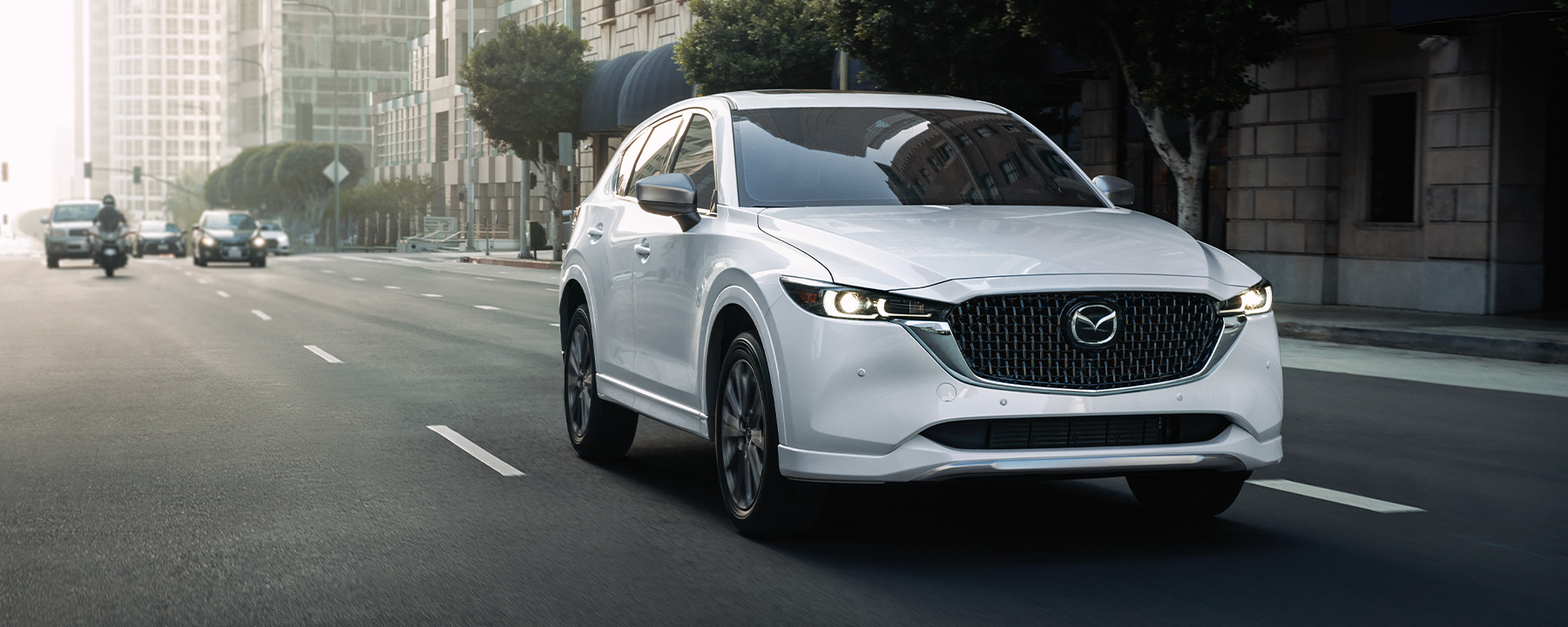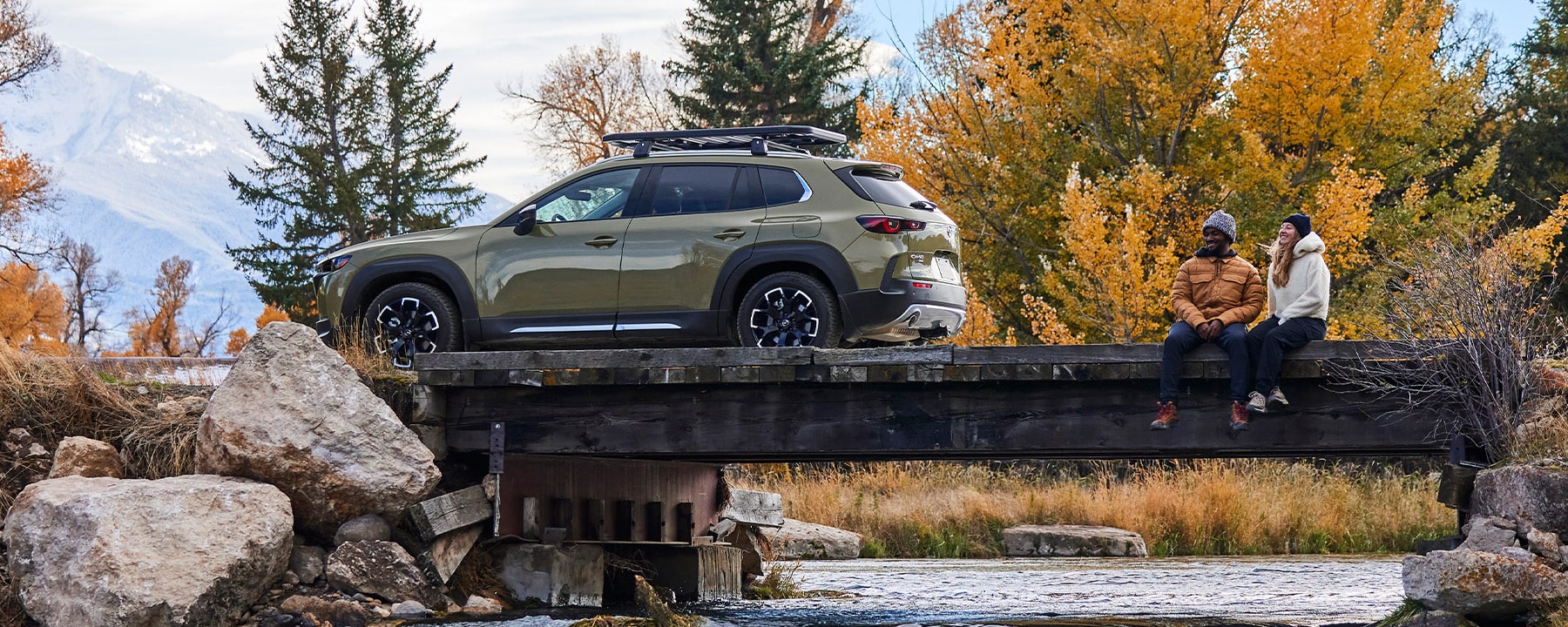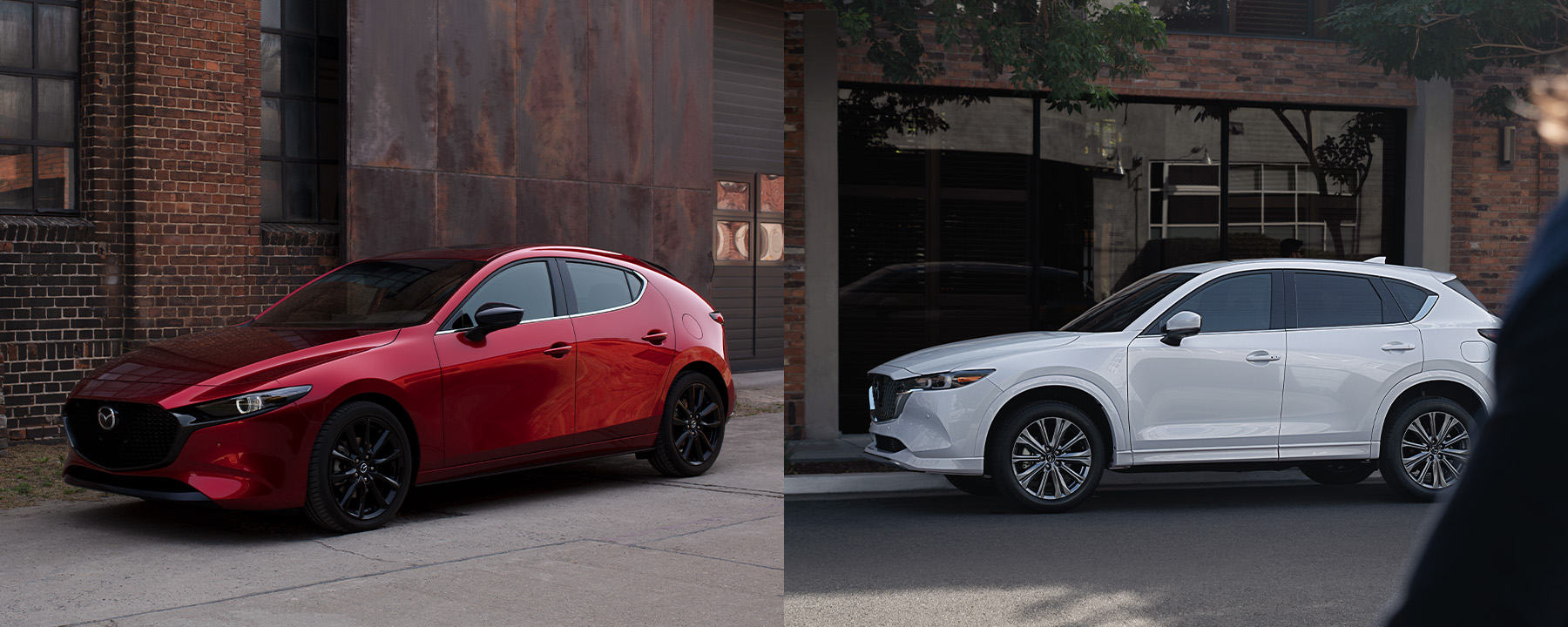What Is a CUV?
CUVs are SUV-like vehicles in appearance that share characteristics with passenger vehicles, including their unibody frame.
Crossover Utility Vehicles, or CUVs, combine features from traditional Sport Utility Vehicles (SUVs) and passenger cars. The result is a versatile vehicle with practical driving capabilities (available AWD, roominess) and a smooth, easy ride.
This article explores the growth in popularity of CUVs, the differences between CUVs vs. SUVs, types of CUVs in the market (including electric CUVs), and more.

Crossover SUVs defined: History and characteristics
The line between traditional SUVs and CUVs is a blurry one — so much so that manufacturers and marketers often use them interchangeably. The biggest difference between the two is that crossovers have a unibody construction, in which the chassis (the load-bearing frame) and the body of the vehicle are built as a single structure. Traditional SUVs, on the other hand, are constructed using a body-on-frame method that mounts the body of the vehicle onto the chassis.
The first crossover SUV was built in the 1980s, but CUVs did not enter the commercial market until the 1990s. Since then, crossovers have gained popularity steadily over the years for both families and individuals who need more cargo room.
CUVs vs. SUVs
Because of their differences in construction, CUVs tend to be lighter than SUVs. They still provide spacious interiors for passengers and cargo but, thanks to their lighter weight, they also tend to offer better gas mileage than an SUV.
While some CUVs aren’t able to tow as much or go off-road as easily or as far as an SUV can, CUVs boast excellent handling on paved roads. And some off-road ready crossovers , like the Mazda CX-50, do exist.

For a full rundown of the differences between crossovers and SUVs, see our article: CUVs vs. SUVs.
CUVs vs. hatchbacks
Hatchbacks and smaller CUVs can have similar cargo and passenger space, but there are still differences between the two car types.
- Hatchbacks are usually lower to the ground than CUVs, providing a car-like driving experience, whereas CUVs tend to feature a taller profile, like their SUV cousins, with a higher ground clearance and a more upright stance.
- CUVs tend to have a more prominent front grille and larger wheels.
- Those shopping for CUVs may find more combination options for electrification and drive systems (AWD, 4WD, etc.).
Of course, larger CUVs (think Mazda CX-90, and CX-90 PHEV) do offer a more spacious ride. As with any larger vehicle, however, you’ll want to keep in mind the tradeoffs: more room almost always means higher cost and lower fuel economy, so long as other variables remain consistent.

CUV sizes
CUVs come in a range of sizes but defining them can get tricky. There is no official distinction of CUV size categories in North America, with the closest thing being segments: A-segment vehicles represent the smallest cars on the market, and the D/E-segments represent mid- to full-sized cars. CUV sizes typically range from crossover city cars (A/B-segment) to midsize crossover SUVs (C/D-segment).
As you can see, you’ll often find CUVs listed under sizing nomenclature like subcompact, compact, midsize, full-size, and so on — similar to SUVs.
Are there other types of CUVs?
Due to the popularity of crossovers in the last few years, some manufacturers are making other types of cars with CUV-esque features such as higher ground clearance, body cladding, and roof rails. These features can be seen in a variety of styles, including station wagons, minivans, and hatchbacks.
Are there electric CUVs?
Examples of CUVs
Mazda’s CUV line-up, for example, offers a wide array of CUVs that can meet the needs of families and individuals alike. All of Mazda’s CUVs offer the dynamic driving experience people expect from a Mazda while answering the needs of a variety of lifestyles.
- Mazda CX-30: This agile crossover combines the spirit of a sports car and the ruggedness of an SUV with its available 2.5-liter turbo engine, simplified layout, and stylish amenities.
- Mazda CX-5: Sleek and compact, this crossover SUV fits right into city life with multiple driving modes, responsive steering, and a smooth ride.
- Mazda CX-50: Made off-road ready, this crossover comes complete with impressive cargo capacity, an available panoramic moonroof, and a towing capacity of up to 3,500 pounds.3
- Mazda CX-50 Hybrid: which offers an EPA-estimated 38 MPG combined range.
- Mazda CX-70 and CX-70 PHEV: With seating for five, this two-row crossover offers up to 75.3 cubic feet of cargo space with the second-row seats folded flat. The PHEV version of the CX-70 crossover also offers a 26-mile all-electric range coupled with a 490-mile total range for nearly any journey, and it reaches full charge with a Level 2 AC charger in about 2.5 hours.4
- Mazda CX-90 and CX-90 PHEV: This powerful, crossover SUV runs on a high-performance, turbo inline 6 engine, standard rear-biased all-wheel drive, and seats up to eight passengers with its 3-row design. The PHEV version of the CX-90 crossover offers a 26-mile all-electric range coupled with a 490-mile total range for nearly any journey, and it reaches full charge with a Level 2 AC charger in about 2.5 hours.5
Explore Mazda Crossover SUVs
Now that you’re equipped with information about crossover utility vehicles, consider exploring Mazda's diverse lineup of crossover SUVs. They offer a wide range of options, each with unique features to cater to your specific needs and preferences. No matter where your journey leads, there's a Mazda crossover SUV to match your budget and lifestyle.
Explore Mazda crossover SUV lineup online or visit a Mazda Dealer near you to test drive one today.
This article is intended for general informational purposes only and is based on the latest competitive information available at the time of posting. Information herein is subject to change without notice and without Mazda incurring any obligations. Please review a variety of resources prior to making a purchasing decision. Visit Resource Center for more articles.






















